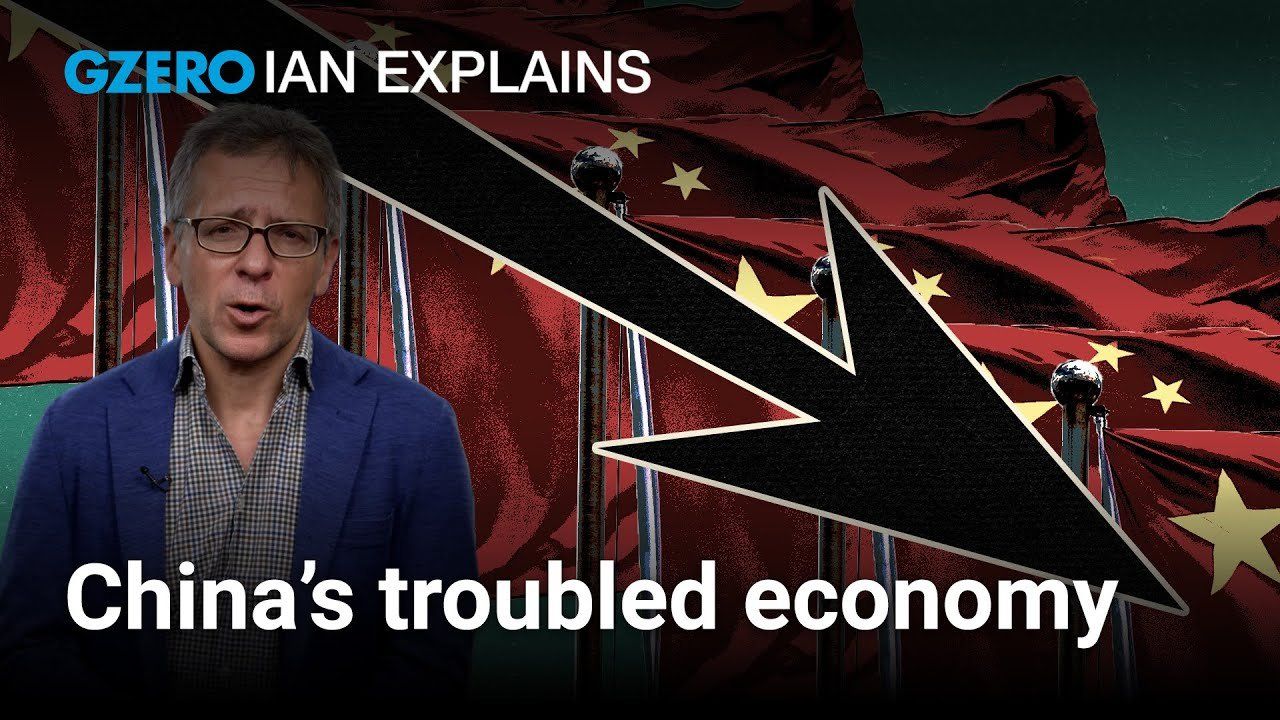GZERO World Clips
Ian Explains: Why China’s era of high growth is over

Ian Explains: Why China’s era of high growth is over | GZERO World

Is China still on track to becoming the world’s largest economy? Ian Bremmer breaks down China’s great economic slowdown.
Between 1978 and 2017, China averaged almost 10% year-over-year GDP growth. Decades of pro-investment policies transformed China from a closed, centrally-planned economy to an economic powerhouse that could rival the US.
But President Xi Xinping has been moving China away from the pro-investment policies of his predecessors and back to its socialist roots. In recent years, the government has cracked down on everything from technology to finance to entertainment to foreign investment.
At the same time, 3 years of Zero-Covid policies sapped domestic spending and production. Decades of infrastructure investment have left local governments drowning in debt. China’s once-hot real estate market is in a massive slump. And youth unemployment is surging to record highs, threatening the very social pact that gives the Chinese Communist Party legitimacy in widespread support.
Can China’s communist ideology and capitalist ambition sustain growth into the future? Or does what goes up eventually have to come down?
For more on China’s lagging economy, watch the upcoming episode of GZERO World with Ian Bremmer on US public television and at gzeromedia.com/gzeroworld.
Mastercard Economic Institute's Outlook 2026 explores the forces redefining global business. Tariffs, technology, and transformation define an adaptive economy for the year ahead. Expect moderate growth amid easing inflation, evolving fiscal policies, and rapid AI adoption, driving productivity. Digital transformation for SMEs and shifts in trade and consumer behavior will shape strategies worldwide. Stay ahead with insights to help navigate complexity and seize emerging opportunities. Learn more here.
Despite a ceasefire in Gaza, Israel is still not letting foreign journalists in to independently verify what’s happening on the ground, CNN’s Clarissa Ward tells Ian Bremmer on GZERO World.
On Ask Ian, Ian Bremmer breaks down the steady escalation of US pressure on Venezuela and why direct military action is now a real possibility.
From civil conflicts to trade wars to the rise of new technologies, GZERO runs through the stories that have shaped this year in geopolitics.